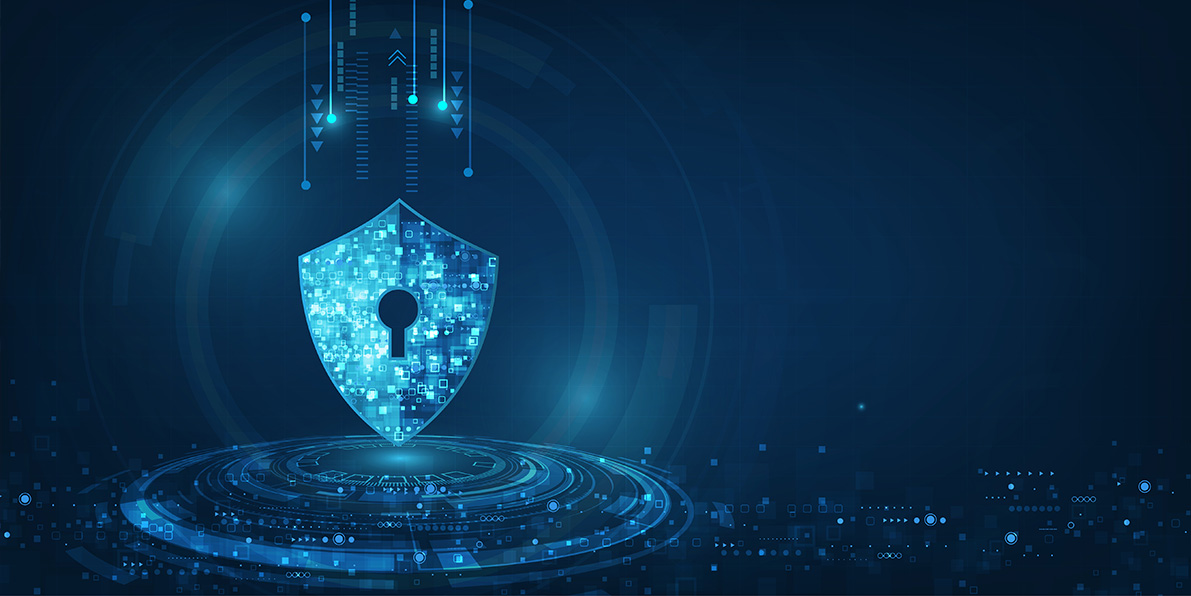Stay service-savvy
Get all the latest news and insights straight to your inbox.

A worrying number of UK businesses still are not aware of the benefits of the Government-backed Cyber Essentials scheme. This is problematic as according to the 2022 Cyber Security Breaches Survey, 39% of UK businesses identified a cyber security breach or attack with the average cost of a data breach being between £4,200 and £19,400. This is particularly concerning since 56% of businesses hold personal data on customers in the cloud. However, there are methods that can be implemented to reduce the risk of data breaches. One such way is through being Cyber Essentials accredited.
Cyber Essentials is a government-backed, industry-supported scheme which launched in June 2014. It aims to help all organisations protect themselves against cyber-attacks. When an organisation is fully compliant, they will receive a certificate to show stakeholders and customers that they have the necessary safety measures in place to reduce the risk of a cyber-attack. Cyber Essentials is a quality standard in many industries, and a necessity for businesses looking to win certain Government contracts.
In a bid to understand how many businesses employ methods to reduce cyber security risks, Wavenet CyberGuard, surveyed 251 IT managers in UK companies, ranging from small businesses (20-49 employees) to large companies (750 employees or greater). The survey focussed on whether the business had achieved the Cyber Essentials certification.
The results revealed that 19% of IT managers were unaware of the benefits of having a Cyber Essentials certification, with 1 in 10 (10%) unsure of whether their business even had the certificate.
Of the businesses without Cyber Essentials accreditation, two thirds (67%) said that a lack of understanding had been the primary barrier to them applying, with 42% citing a lack of funds. Almost a third (29%) suggested that they did not consider it important.
In terms of small businesses with between 20 and 49 employees, 33% claimed that they either were not Cyber Essentials certified or were not sure. This compares to just 6% of larger, enterprise organisations (i.e., those with over 750 employees).
This finding is particularly worrying for both consumer and employee privacy; according to the Cyber Security Breaches Survey 2022, 39% of SMEs had experienced at least one cyber-attack in the past year. SMEs are at a higher risk of data breaches when compared to large organisations but are less likely to have Cyber Essentials certification in place.
However, while there continues to be a lack of awareness around cyber security, there are some positives. Most of the businesses surveyed (81%) stated that they were Cyber Essentials certified, with 69% reporting that they understood the benefits of being so.
There is a clear case for being certified. Of those accredited, 84% claimed that it has helped their business to win contracts, with other respondents highlighting the importance of the certificate in reassuring their customers.
Paul Colwell, Chief Technology Officer at Wavenet CyberGuard states:
“Here at Wavenet CyberGuard, we encourage companies to become Cyber Essentials certified since it can help protect against most common cyber-attacks. In 2023, it should be paramount that businesses who rely on technology protect customer and employee information - as well as their own. Becoming Cyber Essentials certified is a great start to implementing strong and secure cyber security practices.”
Get all the latest news and insights straight to your inbox.